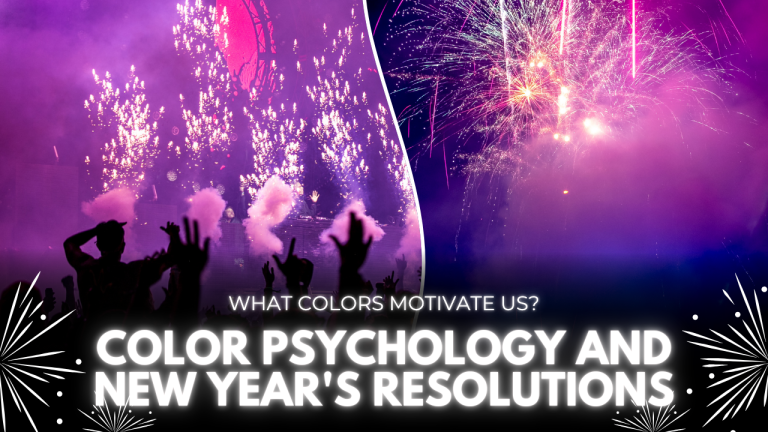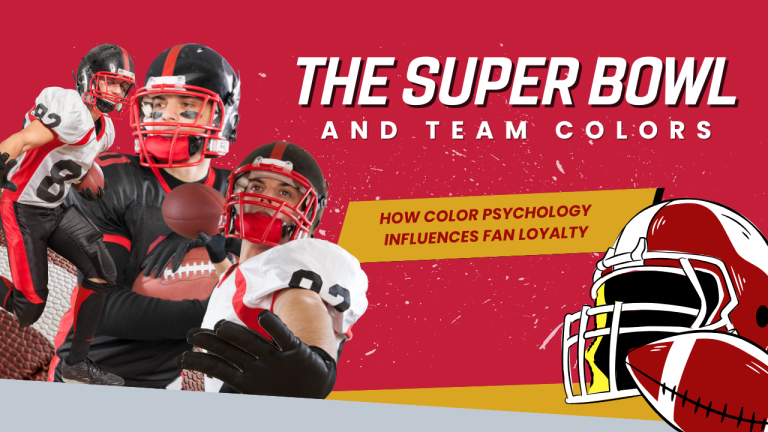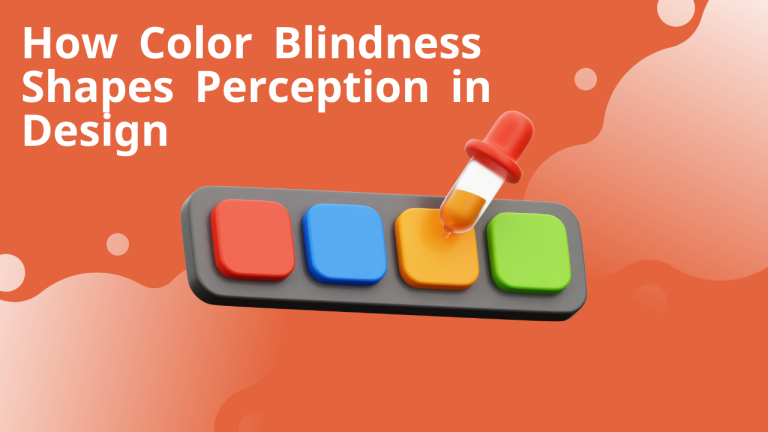The prevalence of blue in corporate branding is not by chance. Companies like Facebook, IBM, American Express, and LinkedIn have all adopted blue as their primary color, as it helps them build trust and credibility with their audiences. This common choice of blue in business logos taps into significant psychological and cultural connections, making it a powerful tool for corporate branding.
The Psychology Behind Blue’s Power
When we see the color blue, our brains react to it in a unique way compared to other colors. Research in color psychology indicates that blue can stimulate the release of calming chemicals in the brain, fostering feelings of tranquility and stability. This response may have developed over thousands of years, possibly tied to our ancestors’ favorable connections with clear blue skies and freshwater sources.
In business contexts, this soothing effect fosters feelings of trust and dependability. In contrast to red, which can evoke alertness or anxiety, or yellow, which might indicate caution, blue instills an immediate sense of security and professionalism. This quality makes it especially powerful for companies in finance, technology, and professional services, where trust is essential.
Cultural Significance and Universal Appeal
The effectiveness of blue in business branding goes beyond individual psychology and taps into broader cultural meanings. In many cultures, blue symbolizes:
- Truth and honesty – Linked to clear skies and transparent waters
- Stability and dependability – Associated with the unchanging nature of the sea and sky
- Intelligence and clarity – Connected to mental focus and clear thinking
- Authority and confidence – Commonly found in uniforms and official symbols
These universal associations make blue especially valuable for global brands aiming to maintain consistent messaging across various cultural contexts. While other colors may have different meanings in different cultures, blue‘s positive associations tend to remain remarkably consistent around the world.
The Success Stories of Blue Branding
Major corporations have harnessed the psychological effects of blue to create some of the most recognizable brands in the world. IBM’s deep blue represents stability and reliability in technology, while Facebook’s lighter blue conveys openness and communication. The blue branding of American Express has become a symbol of financial trust, and Dell’s use of blue strengthens its image as a provider of dependable technology solutions.
These examples illustrate how blue can be tailored in various shades and combinations while preserving its fundamental associations with trust and reliability. From the authoritative navy blue to the more approachable lighter blues, each shade can be thoughtfully chosen to express specific brand values while upholding the inherent trustworthiness of the color blue.
The Science of Color Perception
Research in neuroscience and visual psychology shows that the color blue influences us on both conscious and unconscious levels. Our eyes are better at processing blue than other colors, which makes it easier to look at for long periods. This natural advantage contributes to the memorability and appeal of blue logos, playing a crucial role in brand recognition.
Additionally, studies indicate that blue light wavelengths can boost attention and cognitive function, fostering positive associations with blue visual elements. This scientific basis clarifies why blue logos not only seem trustworthy but also remain effective even after prolonged exposure.
The Psychology of Blue in Business
Corporate Blue
#1B4965
Trust Blue
#4682B4
Innovation Blue
#89CFF0
Blue dominates the corporate world because it embodies trust, reliability, and professionalism – making it the most powerful color in business branding.
Key Business Applications
These carefully selected blue tones create a perfect balance between authority, trustworthiness, and innovation – essential qualities for modern business branding.
Corporate Leadership
Authority & Stability
Professional Trust
Reliability & Competence
Digital Innovation
Progress & Growth
Implementing Blue in Modern Branding
For businesses exploring their branding options, blue provides a flexible choice for expressing trustworthiness while still standing out. Important factors to consider include:
- Shade Selection – Various shades of blue convey different elements of trust and reliability. Darker blues imply professionalism and authority, whereas lighter blues suggest openness and approachability.
- Color Combinations – Blue works well with complementary colors to create unique branding while preserving its trust-enhancing qualities. White brings clarity, while gold or silver accents can add a touch of prestige.
- Context Adaptation – Blue can be effectively used across various media, maintaining its strong presence in both digital platforms and physical signage.
The Future of Blue in Business Branding
As business environments change, the role of blue in branding continues to evolve while still being linked to trust. The rise of digital transformation has brought new factors to consider regarding how colors are perceived on various devices and platforms, yet blue remains a consistently effective choice. Its inherent connection to technology and innovation makes it especially relevant for new industries and businesses that prioritize digital engagement.
Additionally, blue‘s ties to sustainability and environmental responsibility have taken on greater importance as companies increasingly highlight their dedication to these principles. The color’s links to clean water and clear skies resonate with eco-conscious consumers while still upholding its traditional associations with corporate reliability.
Conclusion
Blue‘s prevalence in business logos stems from its powerful psychological effects, cultural importance, and practical benefits. It effectively communicates trust, reliability, and professionalism while also being versatile and adaptable, making it a crucial element in corporate branding. As companies continue to grow and face new challenges, blue‘s deep-rooted connection to trustworthiness keeps it relevant in the visual language of business success.
Grasping the psychology behind blue in branding offers valuable insights for companies crafting their visual identities. Whether launching a new brand or updating an existing one, the thoughtful application of blue can foster the trust and credibility necessary for thriving in today’s competitive market.







